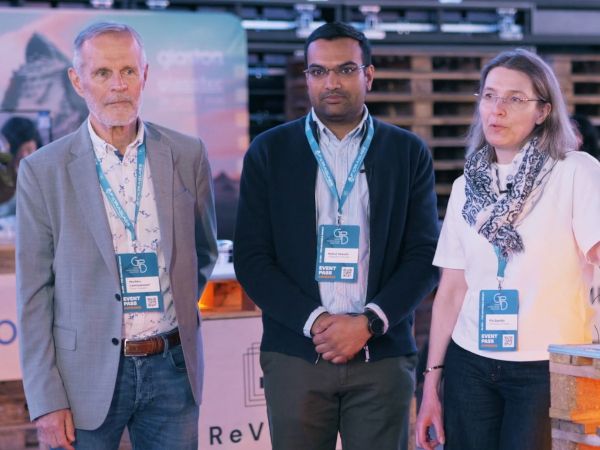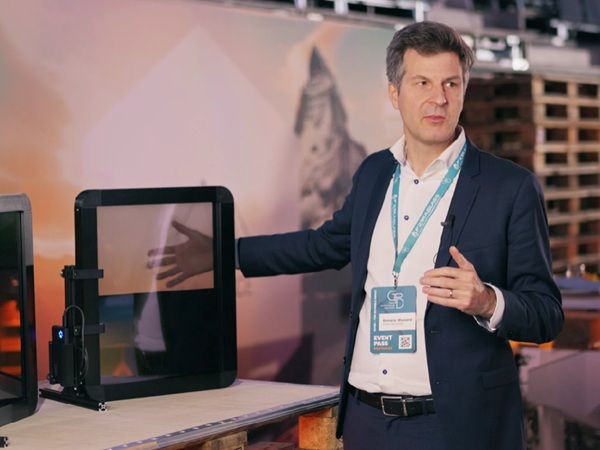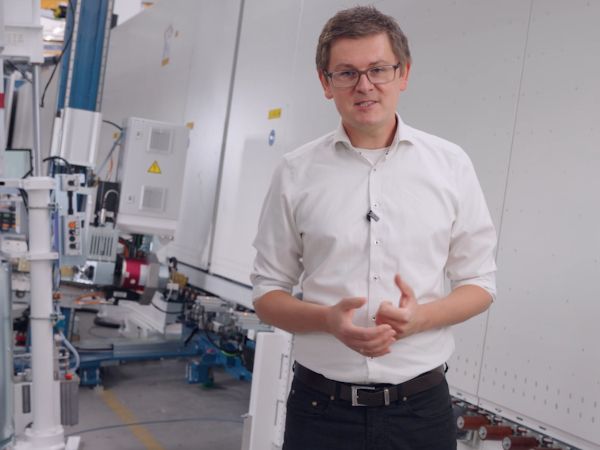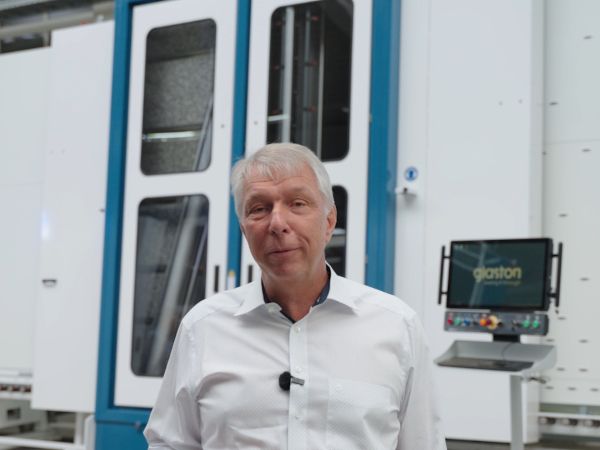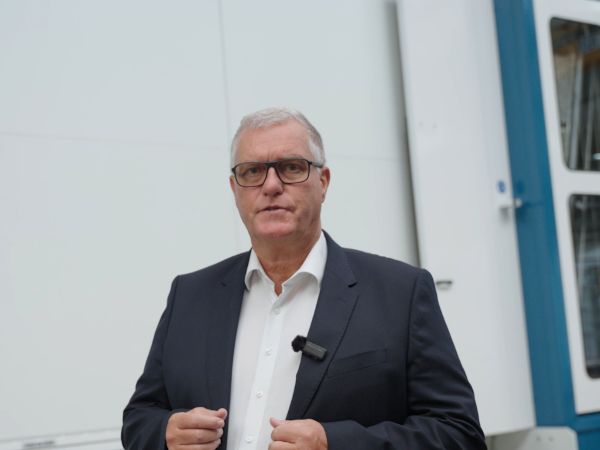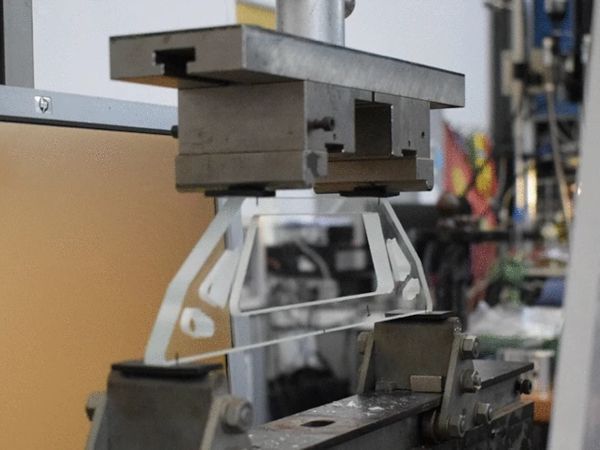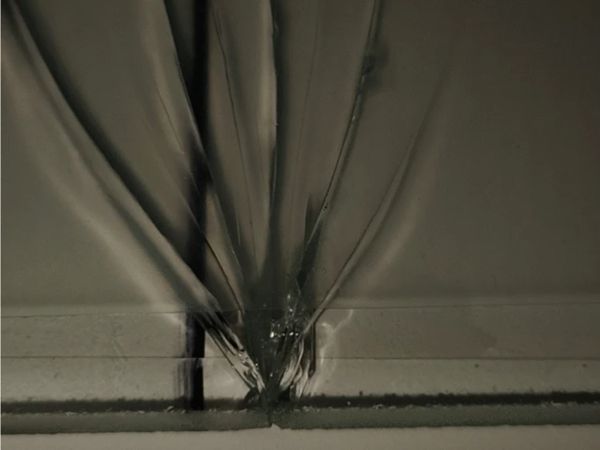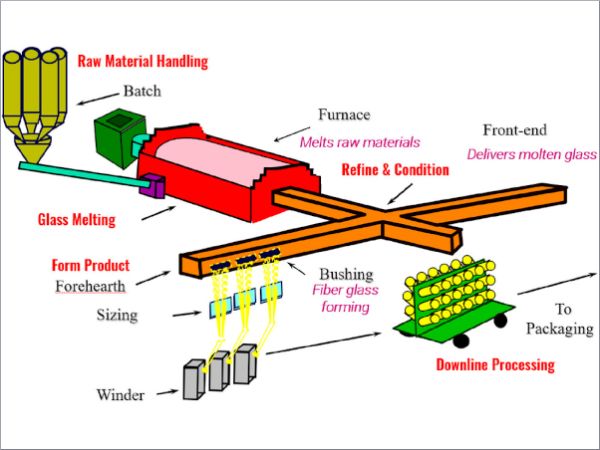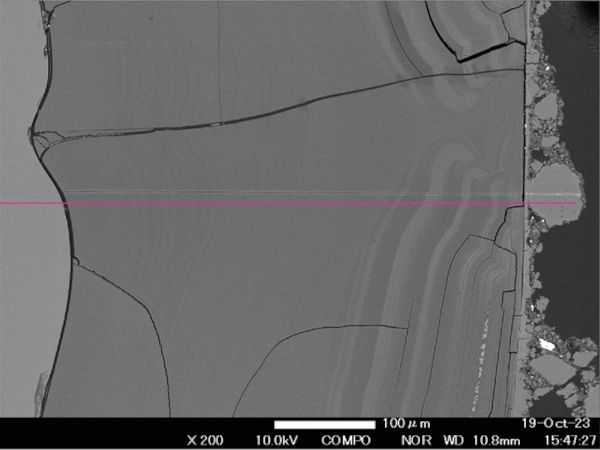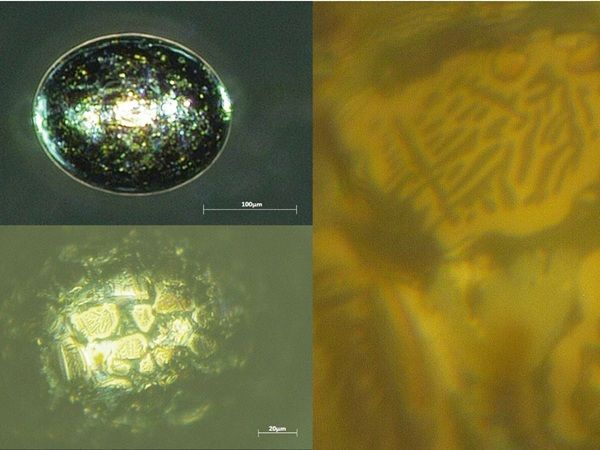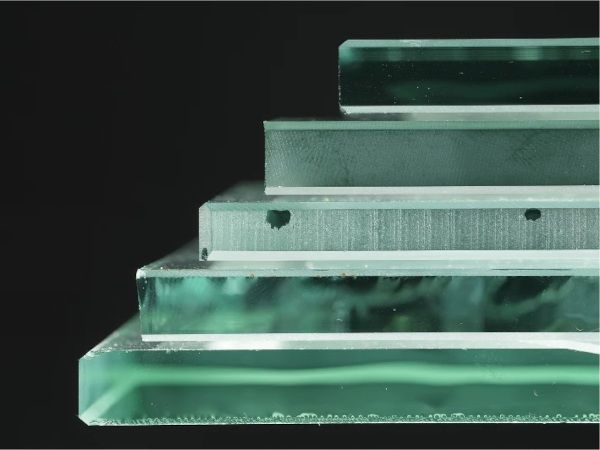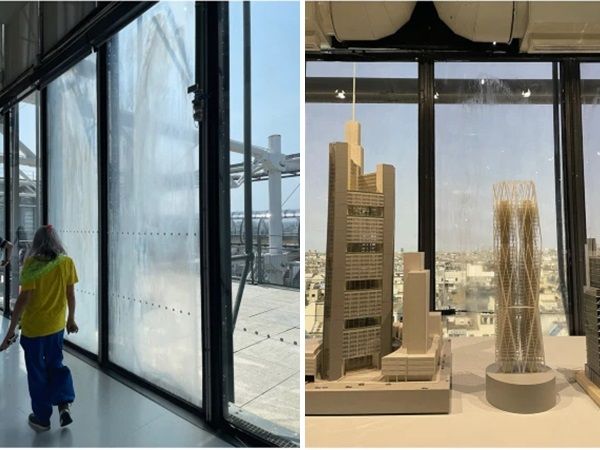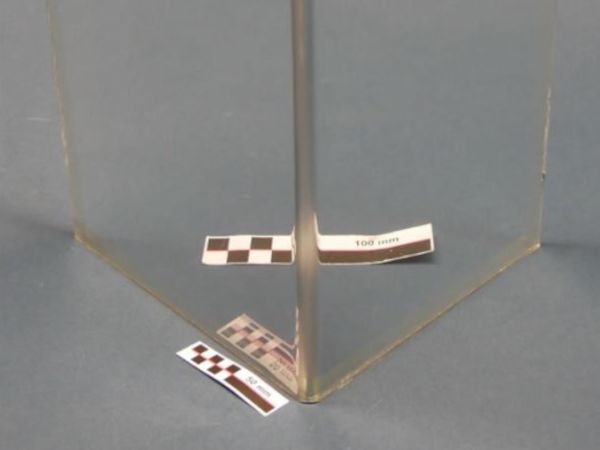Others also read
| Smart glass, simplified. Meet OSSE, Organic Semiconductor Materials for Sustainable Electronics, from the University of Turku.
| In this seventh episode, we’re exploring how dynamic mixing enhances sealing quality and speed.
| At Step Change 2025, ReViSalt demonstrated how its innovations are reshaping the future of glass strengthening.
| In this sixth episode, the focus is on how to assemble and gas-fill IG units synchronously.
| Fresh from Step Change 2025, Lithium Designers GmbH, the Frankfurt-based innovators transforming façade planning through parametric design and 3D-printed nodes, shared their insights on how technology is reshaping the future of architectural design.
| At Step Change 2025, in connection with Glass Performance Days 2025, eLstar Dynamics wowed us with their smart glass tech that dynamically shifts from ultra-dark (0.1% transparency!) to crystal clear (up to 70%).
| In this fifth episode, the focus is on how the new TPS® PRO Applicator achieves up to 15% higher yield.
| In this ninth episode of #AskGlaston flat tempering series, we explore how to optimize energy efficiency in the case of short loadings.
| In this fourth episode, the focus is on how to clean glass plates efficiently.
| In this eighth episode, we delve into optimizing energy efficiency in Low-E production.
| How do you move glass plates without a single scratch?
| In the seventh episode of the #AskGlaston flat tempering series, the focus is on the Tempering Autopilot.
| Self-cleaning surfaces, enabled by advanced material design and additive manufacturing, are opening new possibilities for sustainable and multifunctional technologies.
| In this sixth episode of #AskGlaston flat tempering series, we explore how to avoid loading delays in tempering.
| This paper investigates the integration of colorimetric analysis into the architectural glass selection process, with a focus on utilizing spectral data to quantitatively characterize colour attributes.
| This research proposes a suite of TO algorithmic frameworks that design specifically for structural glass.
| This study explores the strength and fracture behavior of waterjet-cut glass, comparing it to traditionally cut glass through detailed testing and analysis.
| There are ways to reduce the energy consumption and emissions of glass melting, such as recycling glass, using oxy-fuel burners, improving furnace insulation and design, and adopting electric melting technologies.
| At the Ballidon experiment, one of the longest running glass durability studies, modern and simulant archaeological glasses were buried in mildly alkaline, under-saturated, conditions for 52 years. Glass surfaces were analysed to determine the extent and mechanisms of alteration.
| A special focus of the presented work is on the identification of nickel sulphide and its precursors which can be identified by its characteristic surface structure and colour as well as its shape.
| Glass casting displays great forming potential allowing for the realisation of three-dimensional glass elements of virtually any shape and size, as showcased in glass art.
| The main objective of this paper is to explore the effects of ageing and exposure to indoor and outdoor environment on the strength of glass.
| Increasing the circularity of flat glass does not only mean to collect glass cullet from internal and pre- consumer processes. It also means to use glass cullet from the post- consumer applications, such as residential or commercial buildings.

